The post is about how to make an easy pasta sauce, but not the conventional sauce with tomato, cheese, and milk.
I want to serve the sauce in my cafe with a ‘wow’ factor, which intends to give a pleasant surprise my customers.
For sure, it was an uphill task to find one among thousands of pasta sauces recipes in the cookbooks, internet and serves in restaurants.
So I turn to sauces for Chinese noodles, looking for inspirations and idea.
The search narrowed down to a bowl of minced meat noodle I ate at Esquire Kitchen, a renowned Northern China restaurant in town. I was hooked by the dazzling arrays of Northern Chinese and Szechuan food, like Mapo Tofu and Kung Pao chicken. The flavor of Sichuan peppercorn, doubanjiang (fermented broad bean paste) and soybean paste offer a new dimension of flavor to my humble palate. Among all the delicious food, the noodle topped with minced meat resembles bolognese sauce caught my eye and tantalized my palate with its distinctive flavor and presentation.
What the fried sauce noodles attract me is the taste and presentation, which is miles different from the wonton noodles.
I think I have found the answer with this unique flavor and ingredients that rarely experienced in the western world.
The experiment began shortly in my kitchen, testing a various combination of ingredients round-the-clock.
Finally, I have perfected the recipe which is ideal for any pasta. The flavor is so unique and intense that it is the best rich source I ever tasted.
The sauce is created with some improvisation on the Chinese noodles from northern China called ‘fried sauce noodles’ (also known as Zhajiangmian 炸酱面 /minced pork noodles). This sauce is so intense and flavorful that you only need a small amount of it to finish eating a large bowl of noodles.
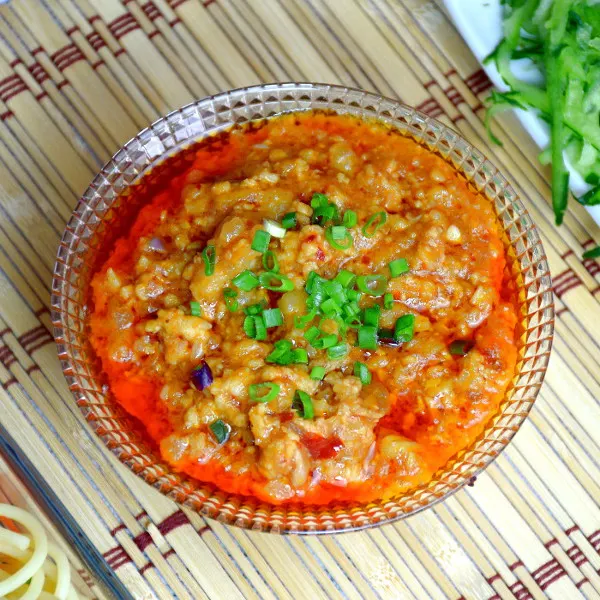
The extraordinary noodles sauce with an unusual name
The easy pasta sauce has a strong oriental flavor. It is improvised from a noodles sauce called Zhajiangmian, which is a phonetic translation of three Chinese character 炸酱面.
It means fried sauce noodles. Fried sauce noodles are quintessential street food in Beijing. Other regions adapt the original formula to cater for the locals. The main different lies on the bean pastes, with various level of spiciness and different beans and their combinations.
The authentic Beijing sauce includes only yellow soybean paste with some regions substitute it with a part of sweet bean sauce. Szechuan style fried sauce noodles use broad bean sauce and chili paste for additional spiciness.
In addition to the Chinese version, There is also a Korean version of fried sauce noodles. It is quite similar to the Chinese noodles counterparts, called Jajangmyeon. Jajangmyeon was introduced to Korean by the Chinese merchants, but the flavor has evolved to suit the taste buds of the Koreans.
So I thought why not create a pasta version. After all, it looks like bolognese sauce, which should be quite receptive internationally rather than introducing the original recipe with a peculiar name do not understand by the non-Chinese.
What is so special about this oriental minced meat sauce
Pick up this recipe and cook up a storm in your kitchen. Let’s see if this is what you are looking for.
- The unique combination of garlic, ginger, and onions. If you feel your agleo oleo is no longer exciting, try this.
- This sauce is similar to Bolognese sauce, but instead of taking a few hours of simmering, you can prepare it within 30 minutes.
- They are all cooked with fermented beans and served with accompaniments like cucumbers, scallions, and carrots. Yes, something you might never try to eat with any kinds of pasta.
- You will be pleased with this flavor if you ever tried Beijing noodles and Szechuan cuisine.
The main ingredients of my ultimate easy pasta sauce
This easy pasta sauce is by no means only aesthetically pleasant, but packed with strong savory flavor. My regular customers, friends and family members have attested and approved it. It will be included in the menu of my cafe next month.
Naturally, it is different from the original Beijing style, but the gastronomes among the diners who endorsed it mean that it is something that you will regret not trying.
Below are the ingredients specifically for Chinese cooking, which I use to create this easy pasta sauce recipe.
Note: This post may contain affiliate links. Please read my disclosure for more into. I may receive commissions for purchases made through links in this post.
Fermented soybean paste
This item may sound unusual to the non-Chinese. If you have a negative impression of it, think of cheese which is fermented. It has a strong savory taste, which means a small amount will go a long way. Although it is called fermented soybean paste, it also named as just bean paste, yellow soybean paste, and taucu.
Doubanjian
Doubanjiang is the name of the broad bean paste widely used in Szechuan cuisine. It is also called Toban Djan, or chili bean paste. The sauce contains salted chili pepper, soybean, and broad bean. The combination of doubanjiang and fermented soybean paste provide a more wholesome flavor to the sauce.
Dried chili paste
Dried chili paste is easily available in Malaysia, where I live. I use this paste in the recipe to add the hotness to the sauce. You may want to adjust the amount of chili to suit your palate.
Dried chili paste is also called chili boh and chili giling in Malaysia. It is made by boiling the dried chili until the pungent raw flavor is released. After that, blend the dry chili into a paste with some salt and oil. You can use chili powder as the substitute if it is not available.
Chinese plum sauce
This plum sauce is not the same of the freshly blended plum. The sauce contains plum, vinegar, sugar, and maltose. It has thick texture due to the maltose and is perfect for making thick sweet and sour sauces. Therefore, please look for this type of plum sauce for my recipe.
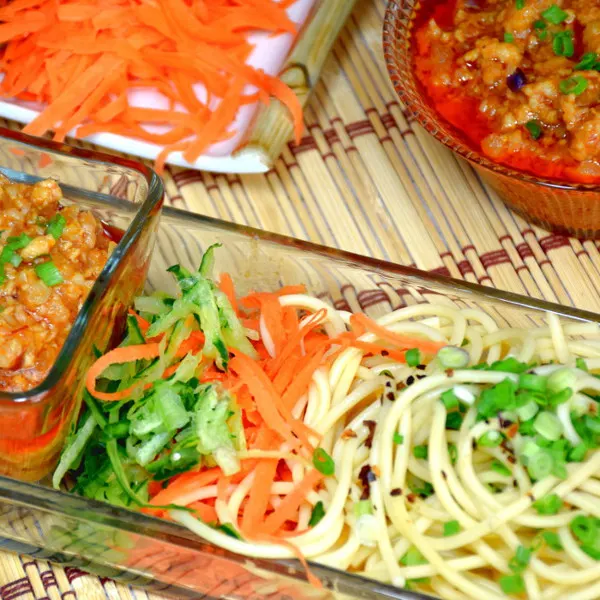
What you need to know before you prepare the sauce
Take a few moments to read the notes below before making this easy pasta sauce.
- There might be some confusion when you purchase the ingredients from your vendor, as the translation from Chinese to English may differ from one place with another. If your vendor is of Chinese origin, you can easily get the right one by just mentioning to them what you need is the soybean paste to make fried sauce noodles.
- In Malaysia, there are two different types of bean paste which can be confused even the locals. The other name of the fermented yellow soybean paste is Taucu, 面豉, whereas the one is black bean paste, called 豆豉. What we need here is the soybean paste.
- You can alter the ratio of the fermented yellow bean paste and broad bean paste. Some people just use the fermented yellow bean paste alone, particularly in the southern region of China.
- The plum sauce in the recipe is the Chinese plum sauce that contains some vinegar and maltose. The flavor is entirely different by substituting it with freshly prepared plum. Some brands of Chinese plum sauce are sweeter than the others. Adjust the sweetness and sourness of the sauce according to your taste.
- You may notice that there is no salt in the list of ingredients. Both fermented yellow bean and broad bean paste will provide sufficient salt for the recipe.
- The sauce tastes a lot better if you mince the pork with a knife manually. It has a different mouth-feel when you bite into it, comparing by mincing it with a food processor.
- You can use either pork, beef or chicken in this recipe. Pork with a small amount of fat (said one-quarter of fat, three-quarter of lean meat) produce a more tender meat sauce. Chicken meat tends to be tougher, but can be improved by substituting a fifth of the breast meat with finely chopped chicken skin.
- You may find the amount of oil is somewhat more than the standard stir-fry. However, that actually will not be too oily when you eat with the pasta and the shredded carrots and cucumbers.
- I use spaghetti in this recipe. Other pasta such as angel hair and fettuccine works well too.
- You can prepare the shredded carrots and cucumber in advance and place in the refrigerator, the same treatment for any salads.
- Cut the scallion into short strips of half a cm crosswise. It ‘s hard to mix with the noodles if you cut it into longer pieces.
- Storage: The meat sauce can be stored in the refrigerator up to two weeks and one month in the freezer.
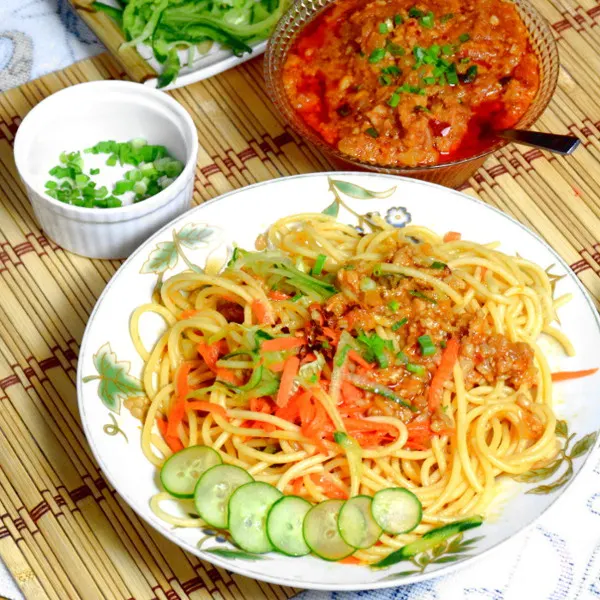
Other recipes with this easy pasta sauce:
The easy pasta sauce is a very adaptive recipe. There are three popular variations you can create with this sauce in addition as the topping of pasta.
Stir-fried Chicken breast
1. Marinate 300g of chicken breast (cut into large chunks) with one egg white, one teaspoon of salt, one teaspoon of light soy sauce, a dash of ground white pepper and a tablespoon of water for 30 minutes.
2. Heat up a tablespoon of vegetable oil in a wok, add two big tablespoons of the sauce and stir-fry some onions and capsicums pieces until aromatic.
3. Add the marinated chicken and stir-fried until the chicken pieces are cooked. Dish up.
Stuffed bitter gourd with minced meat
This dish is an ordinary home-cooked food among the Chinese. The bitter gourd is stuffed with minced pork, pan fried and topped with the sauce in this recipe. Obviously, you may just want to constitute the sauce minus the mince meat. You can find the recipe in this article, Malaysian Chinese recipe.
Steamed fish
1. Steam any fish of your choice. You can follow the step to steam an excellent fish in this post.
2. Pour the sauce over the fish. Garnish with coriander leaves and chili rings. Served hot with steamed rice.
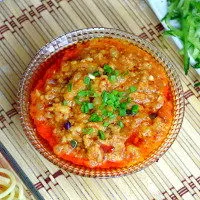
Easy pasta sauce
Chinese fried sauce noodles is an outstanding Beijing street food. This recipe is a pasta dish with this amazing sauce, with same adaptation.
Ingredients
- 50 g, Shallot chopped
- 50 g Garlic, chopped
- 25 g Ginger, chopped
- 50 g Chilli paste
- 75 g Chinese plum sauce
- 80 g fermented soybean paste, grounded
- 20 g Chili Bean Sauce, Toban Djan
- 75 ml Vegetable oil
- 250 g of minced pork
- 1 tablespoon corn starch
- 1 tablespoon of oil
- 1 teaspoon ground white pepper
- 100 g of shredded carrot
- 100 g of shredded cucumber
- 20 g of chopped scallions
Instructions
- Cut the pork into small pieces (or mince it).
- Marinated the pork with cornstarch, vegetable oil, and white pepper for half an hour.
- Heat up the vegetable oil.
- Saute the chopped shallot and ginger until they become aromatic.
- Add the chopped garlic, saute until it turns slightly brown.
- Add the chili paste, Chinese plum sauce, chili bean paste and fermented soybean paste. Bring it to a boil.
- Add the minced pork to the bean paste mixture.
- Simmer over low heat for about 20 minutes until the oil separates from the water to form a layer. Add water during simmering if necessary.
- Pour the sauce on the noodle, serve with shredded carrot, cucumber, and scallions.
Recommended Products
As an Amazon Associate and member of other affiliate programs, I earn from qualifying purchases.
Nutrition Information:
Yield: 3 Serving Size: 3 servingsAmount Per Serving: Calories: 613Total Fat: 42gSaturated Fat: 7gTrans Fat: 1gUnsaturated Fat: 32gCholesterol: 78mgSodium: 522mgCarbohydrates: 34gFiber: 4gSugar: 7gProtein: 27g
This data was provided and calculated by Nutritionix on 5/27/2019

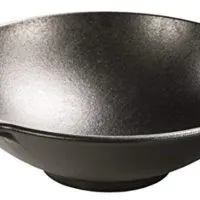

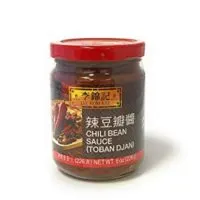
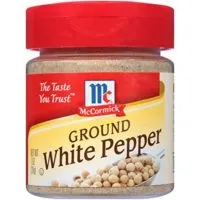
Alex
Monday 18th of December 2017
wow this look very good I like how you used all of the different ingredients like ginger and chili paste.
KP Kwan
Tuesday 19th of December 2017
Hi Alex, Thank you. Give it a try, and I hope you will like it.
KP Kwan
Sally
Saturday 10th of June 2017
Hi Mr Kwan This sauce looks delicious .. am definitely going to make it. Like you said, I'm going to substitute the chili paste with chili powder as I can't find chili paste here in Sydney. Sally Mak
KP Kwan
Saturday 10th of June 2017
Hi Sally,
The sauce is nice, and best of all is easy to prepare. Use dry chili instead :)
KP Kwan
KP Kwan
Friday 9th of June 2017
Hi, this is KP Kwan. I am happy to see you at this comment area, as you have read through my recipe. I am happy to reply any questions and comments as soon as possible.